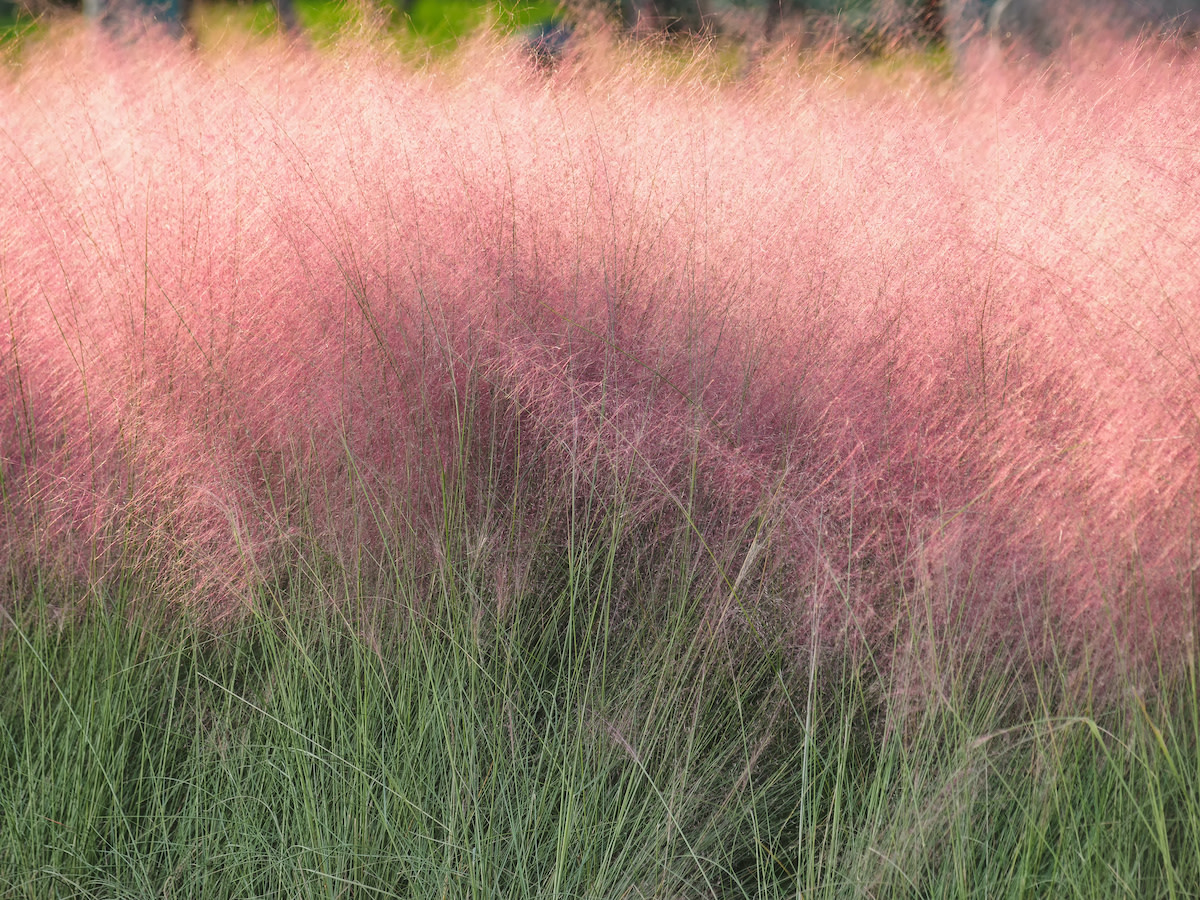5 Tips for Growing and Caring for Pink Muhly Grass
Written by MasterClass
Last updated: Jul 15, 2021 • 4 min read
Pink muhly grass is an ornamental perennial often used in decorative landscaping due to its attractive spray of diminutive pink blooms.
Learn From the Best
What Is Pink Muhly Grass?
Pink muhly grass—which goes by the botanical name of Muhlenbergia capillaris—is a perennial North American ornamental grass known for its incredible drought tolerance and the pink color of its inflorescences (flowerheads).
Its pink plumes are an added bonus to its overall durability. This grass, native to Florida and other southern US states, is most comfortable in dry, rocky soil. It may not be ideal for surviving a Pennsylvania winter, but its remarkable resilience in harsh heat conditions makes it a go-to grass for anyone living in a state whose journey from late fall to early spring is more forgiving.
That’s not to say this native plant of the South can only grow in regions of extreme heat—it still grows as far north as New Jersey. So long as a short list of certain conditions are met, this is one of the most adaptable and tough new plants you can add to your lawn.
6 Characteristics of Muhly Grass
The muhly grass plant comes with a host of positive attributes for those looking to liven up their gardens:
- 1. Drought-tolerant: Perhaps the most remarkable aspect of pink muhly grass is its ability to tolerate little to no water in arid climes. This grass can produce its green foliage and trademark pink flowers even in the midst of a drought that would lay many other plants to waste by early fall.
- 2. Fast-growing: Pink muhly grass boasts a growth rate that will have your lawn’s ground cover filled out quickly. Within three years, this clump-forming grass plant can grow to be three feet tall and two feet wide. Compare that to the many types of grass that may only grow four inches a year, and you’ll see why many turn to mass plantings of muhly grass seed heads for their landscaping needs.
- 3. Low-maintenance: Muhly grass care is a very low-stress and easy endeavor. While it prefers full sun when possible, you don’t need to worry if your lawn gets partial shade from time to time. It rarely needs to be watered or fertilized given its preference for dry soil. For that matter, even if your lawn is plagued by a poor soil type in general, pink muhly grass can adapt and spread easily there as well.
- 4. Hardy: The USDA zone map for plant hardiness in winter will determine if you live in a region where your muhly grass will have an ideal growing season overall. Their ability to grow in hardiness zones across the country anywhere temperatures stay above minus -10°F in late winter is another point in their favor.
- 5. Showy: Once the bloom time of late summer to early fall approaches, pink muhly grass will begin to produce its flashy panicles (clusters of flowers). These pink flowers are what make this specific type of muhly grass unique and give it its eponymous late-season color. If you’d prefer another flower color, there are alternatives. The ‘White Cloud’ cultivar of muhly grass produces billowy white flowers of the same variety and possesses the same benefits as its pink counterpart.
- 6. Resistant to animals, diseases, and insects: Muhly grass is known to be deer-resistant and largely free of ailments or pests. This clump-forming grass isn’t attractive to the vast majority of outside attackers your lawn may otherwise face.
5 Tips for Growing and Caring for Muhly Grass
Pink muhly grass is low-maintenance and independent, but its growth and care still require upkeep and intuition. Here are five tips to ensure this colorful grass thrives:
- 1. Keep the soil drained. Muhly grass requires well-draining soil in order to achieve its greatest growth potential. It’s best to utilize rocky, even sandy, soil to mimic the conditions it’s used to in its homeland. If the soil becomes too soggy with water, it can damage or kill the grass.
- 2. Keep spacing in mind. This grass can grow incredibly tall and thick, so it’s important to keep muhly grass plants spaced out from one another if possible. With room for the root systems to breathe, the plants will fill in the gaps just fine.
- 3. Fertilize sparingly. Regular fertilization is not necessary for pink muhly grass growth. While an initial jolt of mulch or a slow-release fertilizer will likely be worthwhile early on in its growth, this type of grass thrives even better without the ostensible extra help.
- 4. Water economically. Just because pink muhly grass can survive without a lot of water doesn’t mean you should assume it wants to survive with no water at all. Give it an inch or so in times of extremely prolonged drought.
- 5. Divide when necessary. Occasionally, the height and girth of this grass type calls for dividing it up. To do so, dig up the root ball of one of your muhly grass plants and split up its root system. Afterward, relocate portions to another area of your lawn or discard the extras if there’s already too much grass on your lawn. You can also prune the grass down to the ground if its height is becoming too unwieldy—it’s best to do so around wintertime.
Learn More
Grow your own garden with Ron Finley, the self-described "Gangster Gardener." Get the MasterClass Annual Membership and learn how to cultivate fresh herbs and vegetables, keep your house plants alive, and use compost to make your community—and the world—a better place.
